Insect trap: these five carnivorous plants can be grown at home
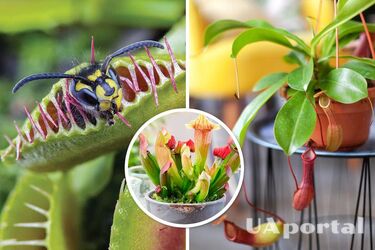
Some predatory plants that will catch insects can be grown at home. However, they require special care but will make a good addition to a collection.
With proper care, predatory plants can live for many years. Keep in mind that they need enough light, regular watering, a certain air humidity and a special place to hunt.
Read also: Five plants that need little light
UAportal offers to learn some of the most popular species of predatory plants that are suitable for home cultivation.
Venus flytrap (Dionaea muscipula)
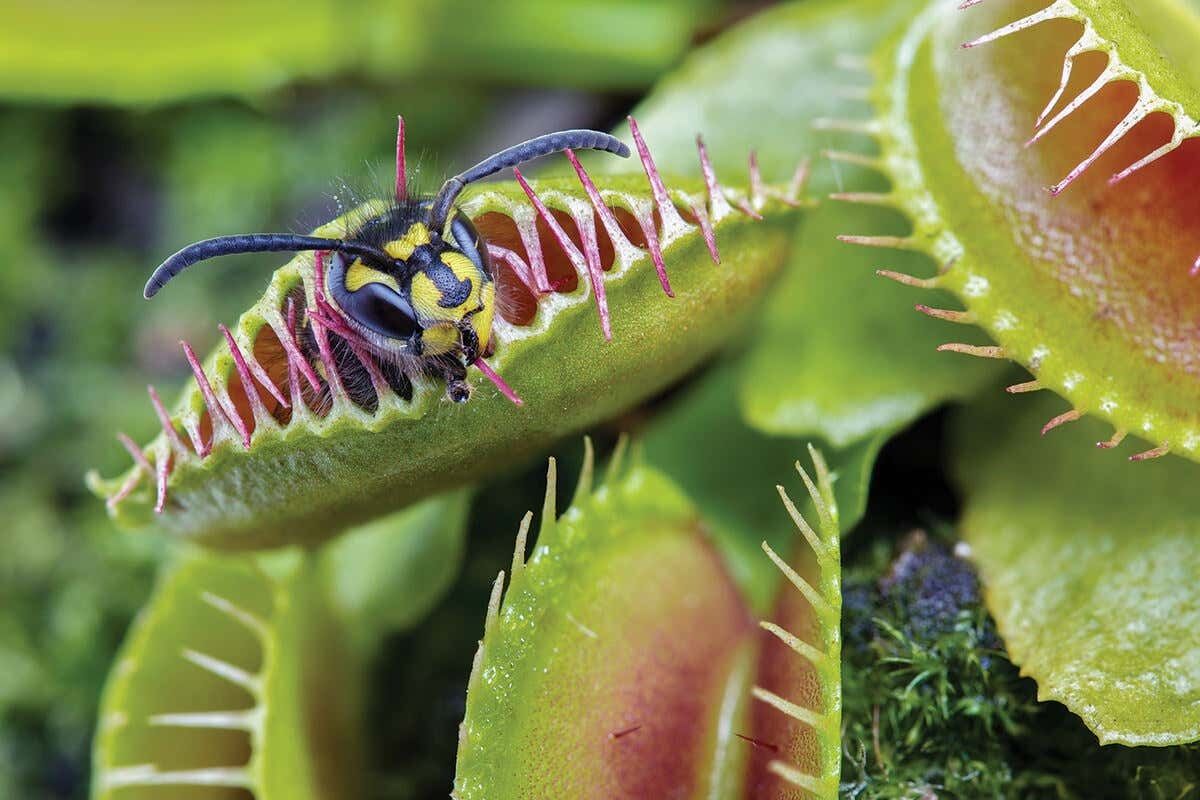
The Venus flytrap is one of the best known predatory plants. Its velcro traps close when the insect touches the sensitive hairs on the leaves. Digestion of the insect takes several days or weeks, as it depends on the size of the insect. After that, the plant will hunt again.
This plant likes diffused light. Shade and direct sunlight are contraindications. You can not keep it near the batteries. Optimal temperature for her: in winter - 10 ° C, in summer - 22-25 ° C in summer.
Watering should be done regularly and through a tray, using distilled water. The soil should always remain slightly moist. Venus flytrap likes humidity not lower than 70%, but it is not worth outlining.
Greasewood (Pinguicula)
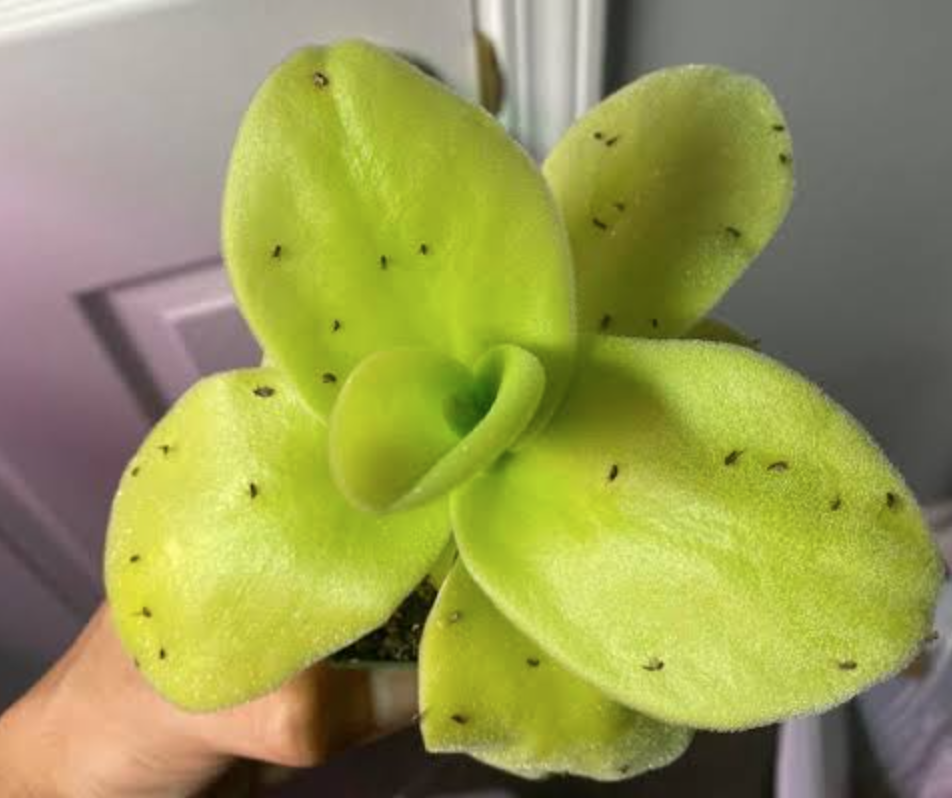
This plant has sticky hairs on its leaves that catch insects. When an insect touches the hairs, they release enzymes that digest the insect. If the insect is large and wants to get out, the leaves begin to slowly curl up, preventing it from getting out.
The plant requires a temperature of 25-28°C in summer and 15-18°C in winter. Lighting should be diffused, and the presence of penumbra is also important. Do not put in places where it was exposed to direct sunlight. Air humidity - not less than 50%.
The plant requires regular watering with distilled water through a tray. The soil must be kept moist and should not be sprayed.
Nepenthes
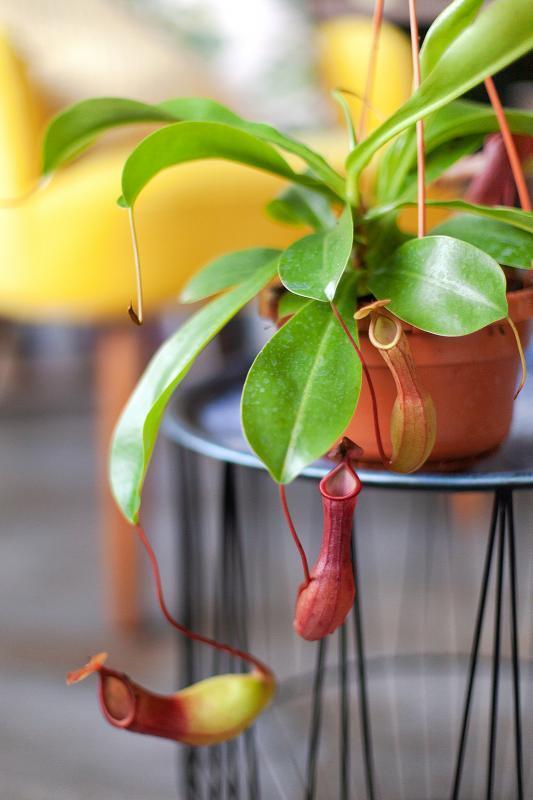
This plant has pitchers filled with liquid. Insects are attracted to the smell of the liquid and fall into the trap. The liquid contains enzymes that digest the insects.
Optimal temperature: in winter months - 22-25 ° C, in warm weather - 17-20 ° C. It is important that the temperature does not fall below 16 ° C. Light - diffused, but not direct sunlight. Humidity - not below 75-80%, otherwise the "jugs" will start to dry out and will not develop.
To support humidity, florists and specialists use, for example, moistened sphagnum, frequent spraying or humidifiers.
In summer, the plant should be provided with abundant watering, in winter - moderate, but through the tray at any time. The substrate in the pot should always be moist.
Rosichka (Drosera)
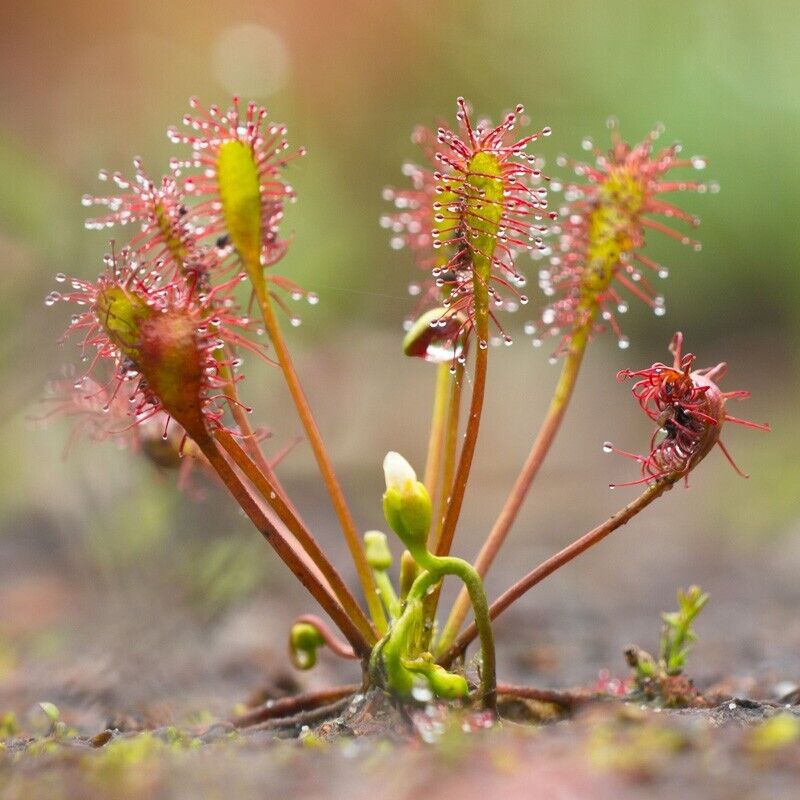
This is a predatory plant that has interesting leaves, the edges of which are covered with growths with droplets of sticky liquid, similar to dew. When prey is caught, the leaf slowly curls up. It takes 2-3 days for the insect to digest.
It is better to protect the plant from direct sunlight, otherwise the leaves can burn. Russian needs bright, diffused light. Summer temperature for tropical plants - 22-30 ° C, in winter - about 16 ° C; for European plants in summer - 20-24 ° C, and in winter - about 12 ° C.
Providing regular watering with distilled water, and the ground in the pot can never be dry. Air humidity - from 70%.
Sarratenia (Sarracenia)
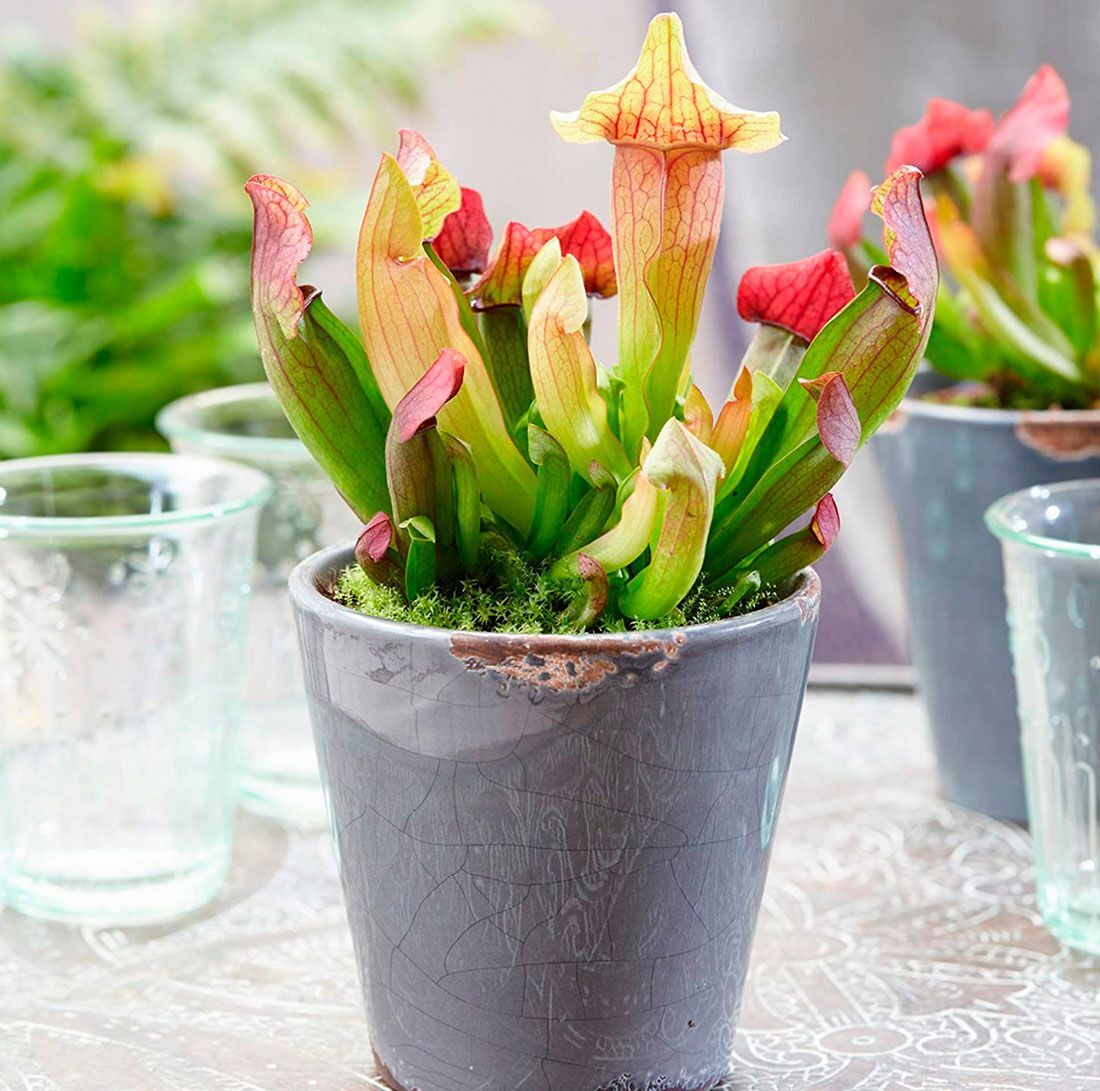
This plant has "pitchers" that are filled with liquid. Insects like the smell of the liquid, a fragrant sweet sap. Once inside, they fall into the trap. The liquid contains enzymes that digest the insects.
Sarracenia only needs bright light. In spring and summer it is 22 ° C, in winter and fall it is 10 ° C. Like other predatory plants, provide regular watering through a tray.
Recall that for the most part, indoor plants are quite safe, but some are toxic to children and animals. Toxic can be leaves, sap or bulbs.
Want to receive the most up-to-date news about the war and events in Ukraine - subscribe to our Telegram channel!
